1. L’introduzione. Maestoso e Adagio
Composer: Franz Joseph Haydn
Artist(s): Jan Michiels
2. Sonata I: Vater vergieb Ihnen. Largo
Composer: Franz Joseph Haydn
Artist(s): Jan Michiels
3. Sonata II: Fürwahr ich sage dir. Grave e cantabile
Composer: Franz Joseph Haydn
Artist(s): Jan Michiels
4. Sonata III: Frau hier siehe deinen Sohn. Grave
Composer: Franz Joseph Haydn
Artist(s): Jan Michiels
5. Sonata IV: Mein Gott, mein Gott, warum hast du micht verlassen. Largo
Composer: Franz Joseph Haydn
Artist(s): Jan Michiels
6. Sonata V: Jesus rutet. Adagio
Composer: Franz Joseph Haydn
Artist(s): Jan Michiels
7. Sonata VI: Es ist vollbracht. Lento
Composer: Franz Joseph Haydn
Artist(s): Jan Michiels
8. Sonata VII: Vater in deine Hände empfehle. Largo
Composer: Franz Joseph Haydn
Artist(s): Jan Michiels
9. Il Terremoto. Presto e con tutta la forza
Composer: Franz Joseph Haydn
Artist(s): Jan Michiels

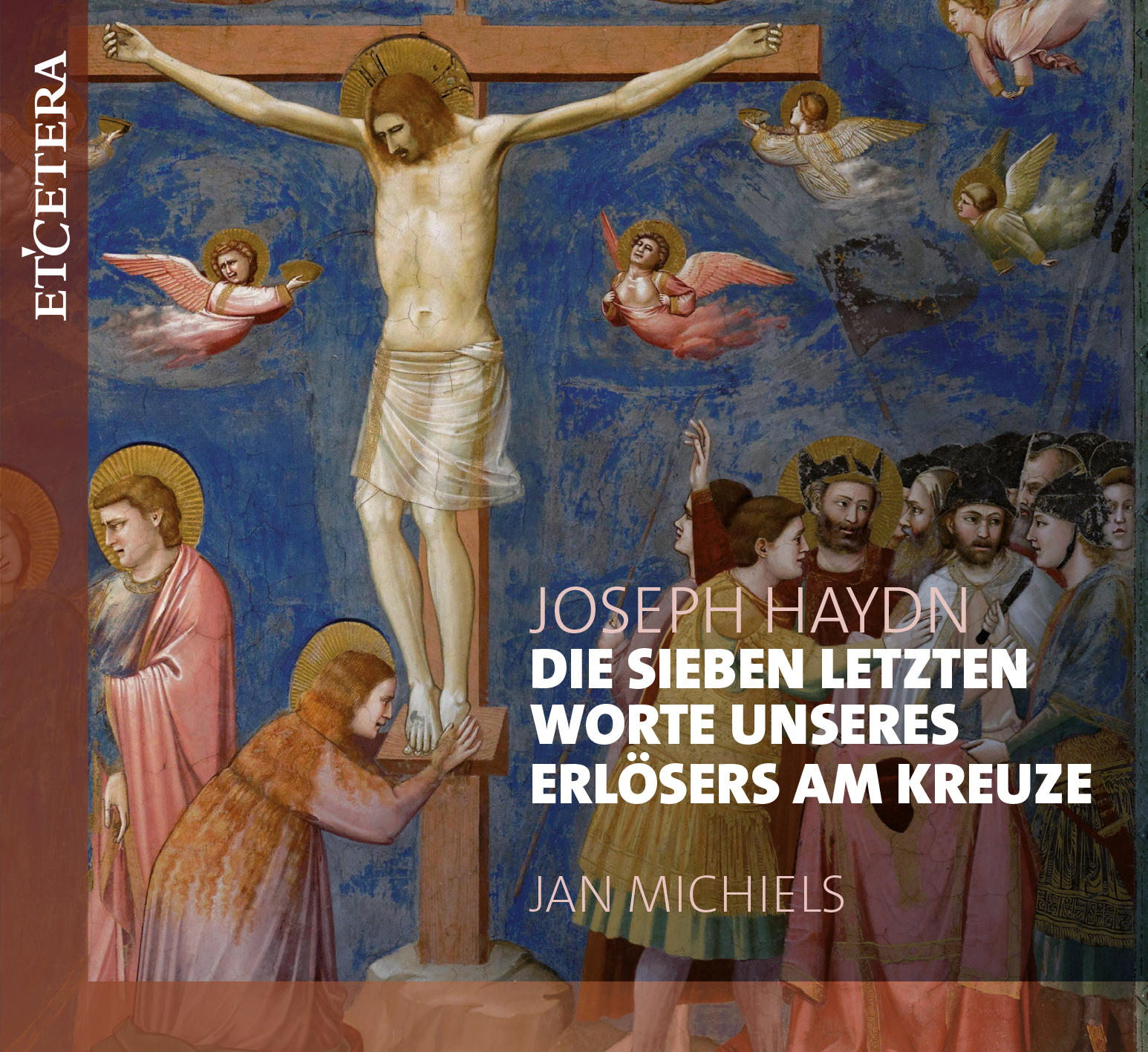


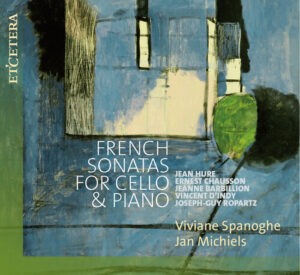
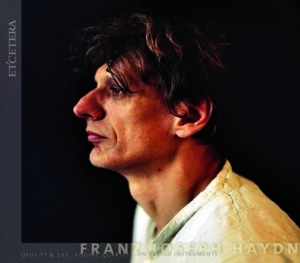
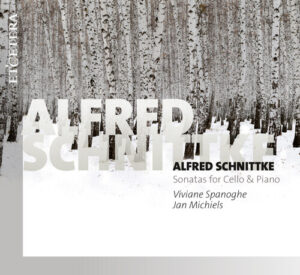

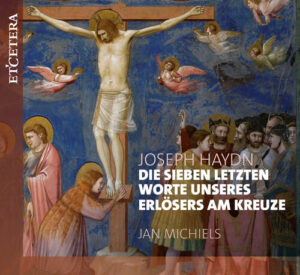
Reviews
There are no reviews yet.